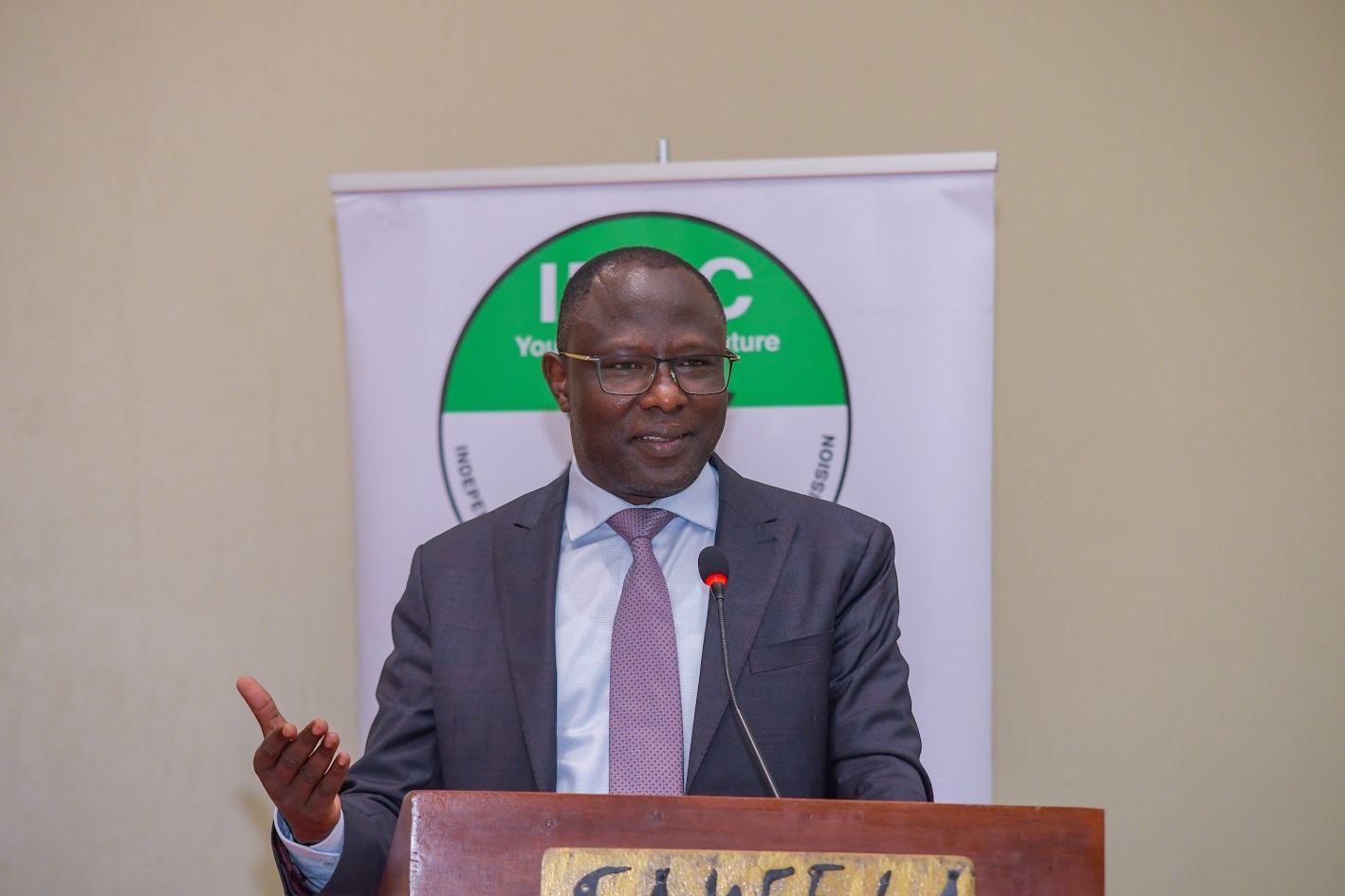State identifies 13 key fish breeding zones to restore Lake Victoria's declining fish population

The initiative seeks to demarcate and protect fish breeding sites, sheltered bays and river mouths to increase fish stocks and support local fishermen.
The government has identified 13 key fish breeding zones along Lake Victoria to restore the lake's declining fish population.
The initiative, led by the Kenya Marine and Fisheries Research Institute (KMFRI), seeks to demarcate and protect fish breeding sites, sheltered bays and river mouths to increase fish stocks and support local fishermen.
More To Read
- Turkana stakeholders urge reforms to fisheries Bill to protect local fishers and blue economy
- Lake Victoria Fish farming booming but pollution and disease are wiping out millions: How to reduce losses
- Fish is good food and demand outstrips supply in Kenya: How to produce more and get it to market safely
- MPs pledge support for Naivasha fishing community amid pollution, oversight concerns
- Kenya Met forecasts intermittent showers, cold nights over next five days
- Marine research centre launched in Malindi to boost coastal conservation
The project comes as fish stocks in the lake continue to dwindle, with fishermen facing reduced catches.
Chairman of the National Lake Victoria Beach Management Unit (BMU) Tom Guda, welcomed the move, saying it will have long-term benefits for the lake’s aquatic ecosystem.
“Apart from demarcation, it is important to protect these breeding sites. Once the gazettement has been done, the department will sensitise the fishermen,” he said.
The identified zones include River Sio Mouth, River Nzoia Mouth, Kodimo Bay, Asembo Bay, River Kisat, Nyakach Bay, and several others. The areas, crucial for fish breeding, are expected to significantly enhance fish recruitment and replenish fish stocks.
Harmful practices
A fisherman in Dunga expressed concern about the decline in fish varieties noting that many species, including lungfish, catfish, and haplochromines, are disappearing due to practices like juvenile fishing and encroachment into breeding areas.
Kenya Fisheries Service Deputy Director of Fisheries in the Western Region, Christine Adhiambo Etiegni, stressed the need for enforcing fishing regulations to protect the demarcated breeding grounds.
“Most fishermen know the breeding grounds are off-limits, but some still trespass. If caught, they can be arrested and charged for invading protected areas,” she warned.
Dr Christopher Aura, Director of Freshwater Systems at KMFRI, highlighted the vital role the breeding zones play in freshwater ecosystems. He cited factors such as overfishing, climate change, and declining water quality which he said have all contributed to the lake’s current challenges.
“These breeding grounds are essential for fish reproduction, yet they are under immense threat, leading to conflicts between conservation, management, and exploitation,” he said.
Aura noted that fish typically breed in sheltered bays and river mouths, which provide food sources from plants and insects, attracting many juvenile and mature fish, especially Nile Perch.
He called for collaboration between local fishermen and government agencies to protect the crucial breeding grounds.
“Limiting access to the demarcated sites by fishermen will lead to increased fish recruitment and abundance in such areas, and eventually throughout the lake,” he said.
The initiative is expected to provide long-term benefits for the lake’s ecosystem and support fishermen, ensuring sustainable fish populations for years to come.
Top Stories Today












































